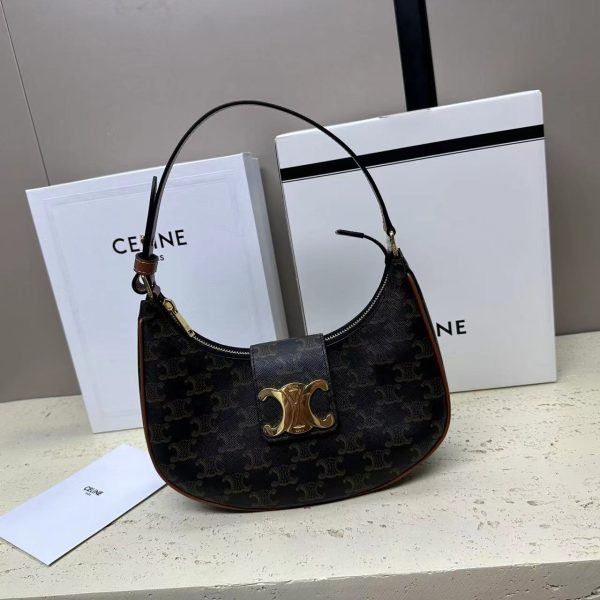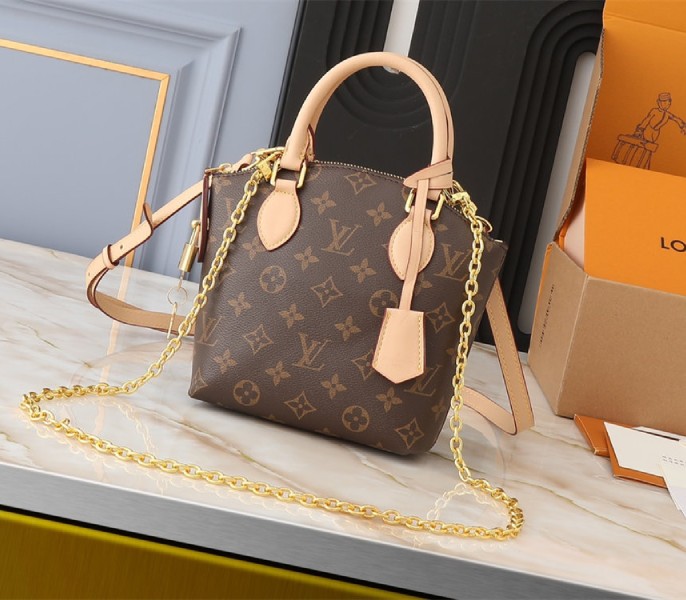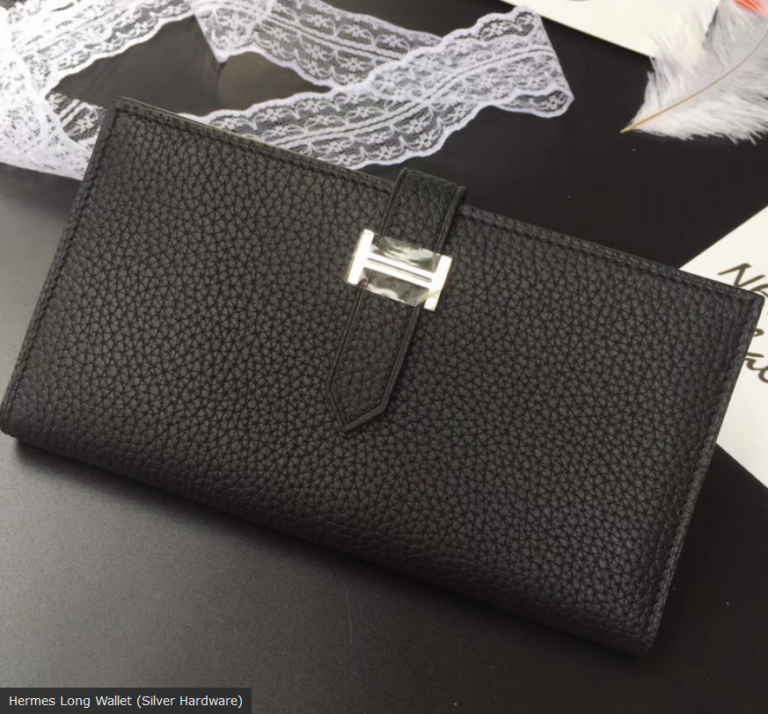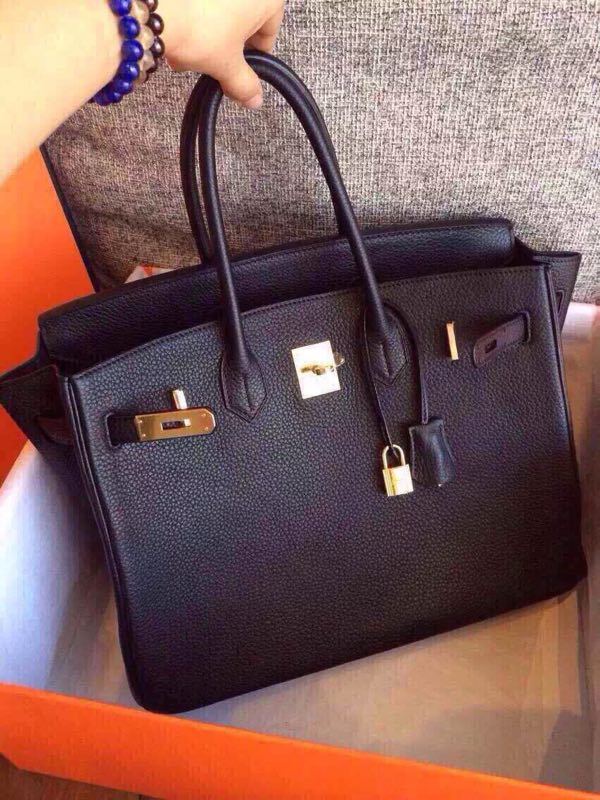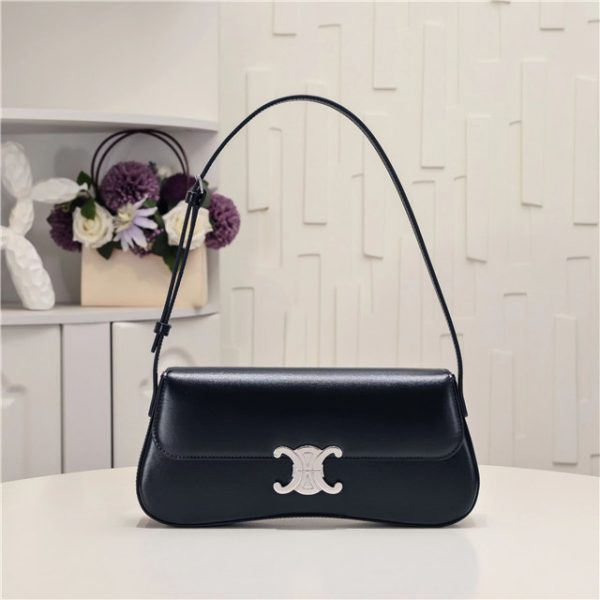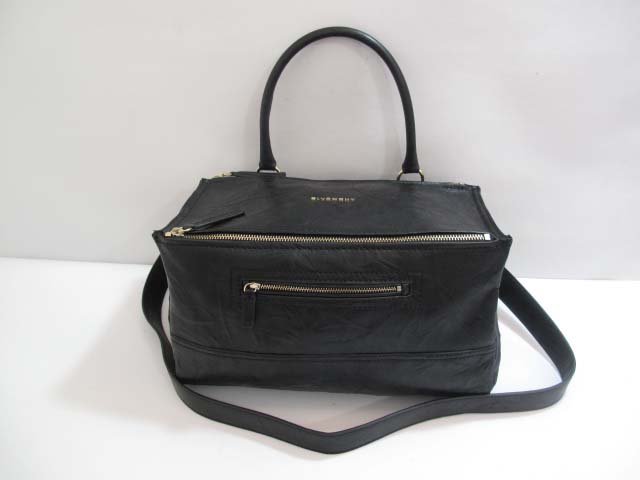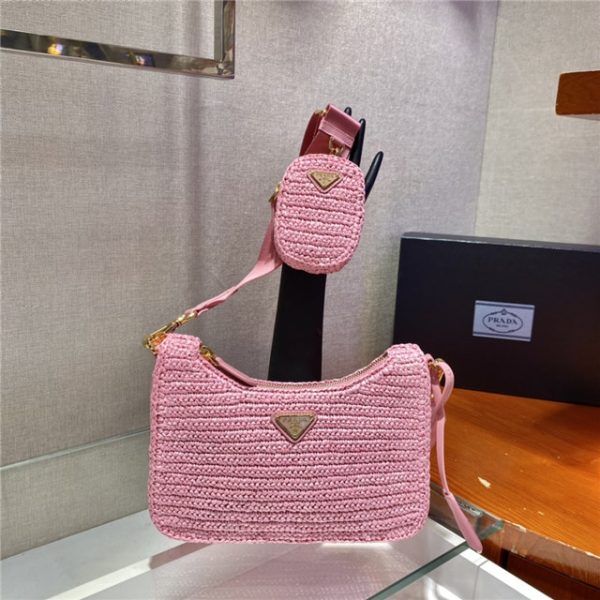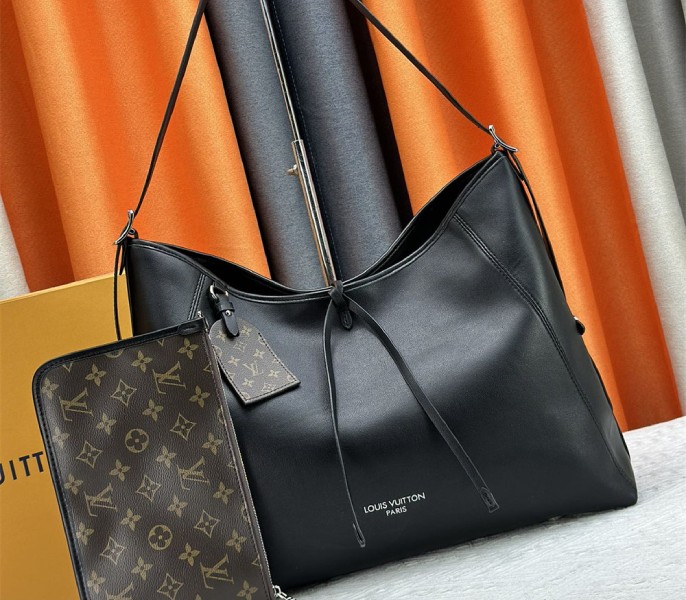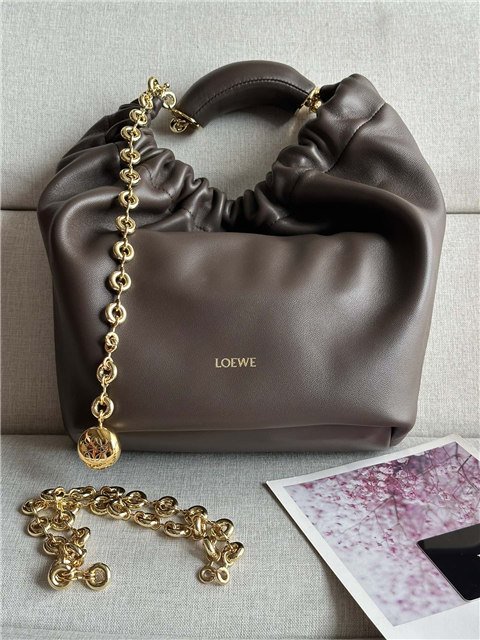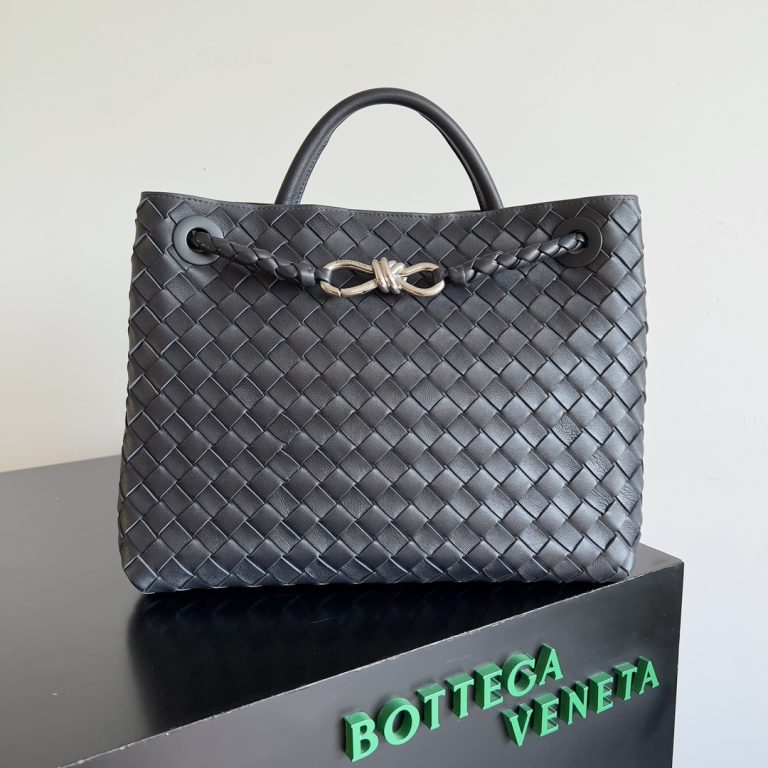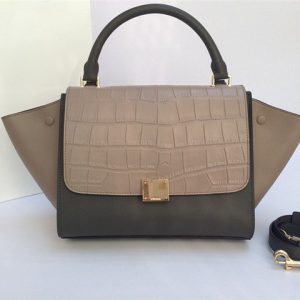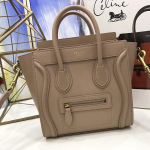First off, lemme just say, finding the date code itself can be a treasure hunt sometimes! Seriously, they hide those things like they’re national secrets. You gotta poke around in the lining, maybe under a pocket flap… it’s a whole thing. Don’t be afraid to get your hands dirty!
Now, what IS a date code, anyway? Well, it ain’t a serial number, even though everyone kinda treats it like one. It’s more like a production code, telling you roughly *when* and *where* your fancy bag was made. Think of it like a birth certificate… kinda.
The format? That’s where things get MESSY. Seriously, LV changed it up over the years. You might see two letters followed by four numbers, or maybe just a couple of numbers and letters jumbled together. It’s a total hodgepodge. And honestly? Even *I* get confused sometimes trying to remember all the different formats. (Don’t tell anyone!)
Checking the date code is more than just deciphering the letters and numbers though. You gotta actually *know* what they *mean*. Like, you can’t have a date code from, say, 2025 on a bag that’s supposedly vintage from the ’80s. Duh, right? But you’d be surprised how many people miss that!
And then there’s the factory codes. The letters usually stand for the country where the bag was made, and sometimes even a specific factory. But some of those codes… they’re retired! So if you see a code that hasn’t been used in years, that’s a HUGE red flag.
Speaking of red flags, let’s be real, just because a date code *looks* legit doesn’t mean the bag *is* legit. Counterfeiters are getting CRAZY good these days. They can even nail the date code font and placement. So, like, a date code is just one piece of the puzzle. You also gotta look at the stitching, the hardware, the canvas… the whole shebang.
Personally, I think using a date code checker is a good starting point. There are a few online that claim to be “free” or “the best,” but, you know, take those claims with a grain of salt. A free checker is better than nothing, but it’s not a substitute for a professional authenticator. (Full disclosure: I haven’t used them all, and some are prob better than others.)
Honestly? If you’re dropping serious cash on a pre-loved LV, it’s worth paying a little extra to get it professionally authenticated. Peace of mind is priceless, am I right? Plus, think of it as an investment in protecting yourself from getting ripped off!

